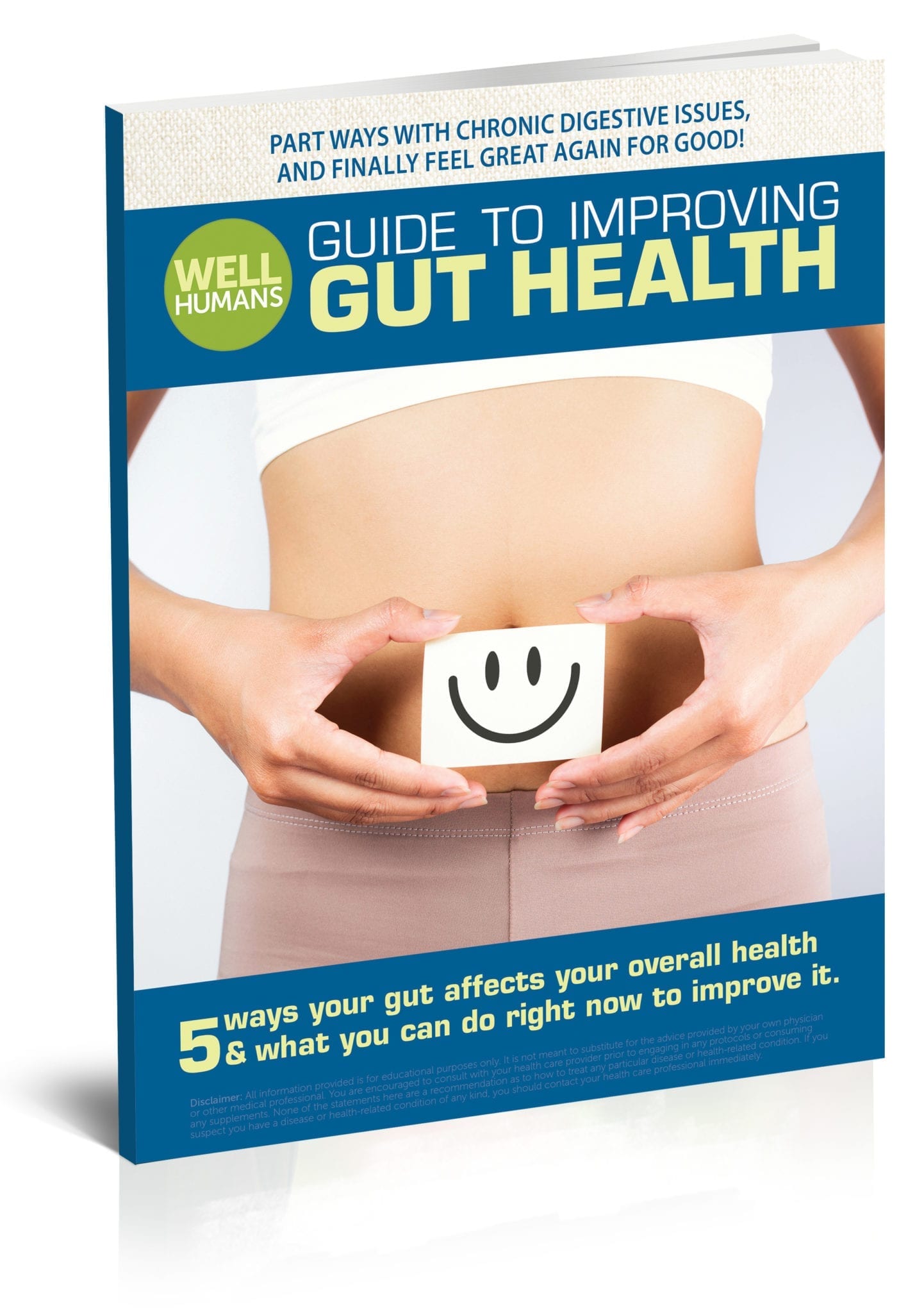
Every day, I see people doing incredible things. You really are doing it all, from powering through long work days and parenting while keeping up with a healthy lifestyle.
Truly, the human body is made to do anything and everything you can dream up, but it needs your help to stay in tip-top shape. You do our best to squeeze workouts, sleep, and healthy eating into the 24 hours you’re given every day. Sometimes, though, you still feel a little off . . . even though you’re doing all the right things.
Maybe you’re waking up groggy or not feeling very sharp or feeling depressed or anxious. Maybe you’re spending a little more time in the bathroom than you used to. Maybe you’re feeling bloated or itchy or puffy.
These are little details that might not be worth a doctor’s office visit or a battery of tests. Still, if you could figure out what was causing them and nip that problem in the bud, you’d feel better and be happier and more present in your daily life.
An elimination diet can help you do that without investing time and money in office visits, bloodwork, or supplements that may or may not fix the issue.
What is an elimination diet?
An elimination diet is an eating plan that can help you figure out if common foods are causing the symptoms you’re dealing with. After a few weeks on a limited diet, you’ll reintroduce these foods one at a time. If your symptoms return, bingo! You’ve found the culprit—and all it took was 21 days of watching what you put on your plate.
Elimination diets are a useful tool for pinpointing food sensitivities. Because of the way your body’s cells turnover, you can develop new sensitivities at any age. That means the perfectly healthy foods you’ve been eating your entire life can suddenly start causing you problems.
And those problems caused by food sensitivities aren’t always found in the gastrointestinal tract.
You really are what you eat, and that goes for more than the stomach and intestines. The food you eat is broken down by your GI tract and sent to every single part of your body, which is why a bagel can make your brain feel foggy and a cup of yogurt can make your joints swell.
An elimination diet can help you figure out if it’s the bagel, the yogurt, or something else entirely that’s making you feel less than 100 percent.
How to start an elimination diet
A basic elimination diet lasts 21 days and cuts eight food groups out of your life for those three weeks: wheat and gluten, dairy, soy, corn, eggs, peanuts, refined/added sugar and artificial sweeteners, and alcohol.
On the 21st day, you’ll begin to reintroduce these foods. Try them one at a time, bringing one back into your diet every 3 days. If your symptoms return following one of the reintroductions, you know that food is one of the problem sources you should eliminate from your diet permanently if you want to avoid the symptoms you experience when you eat it.
Here are a few tips to help you keep your elimination diet on track:
- Keep a food diary to track what you eat. It’ll help you remember how much further you have to go and what foods to reintroduce on what day. And, if you have any intermittent symptoms (or feel particularly good), you’ll know what you ate that made you feel that way.
- Pay attention to little things, like additives in packaged foods and the ingredients in spices, sauces, and dressings.
- Avoid other common triggers, caffeine, spicy, rich, or greasy foods and all processed foods as well. These can all upset your GI tract and throw off your diet.
- Keep the rest of your lifestyle the same. You want to use these few weeks to focus entirely on how changing your diet affects you. Avoid starting new supplements, medications, workout regimens, or sleep schedules.
When it’s time to go to the doctor
An elimination diet is a great first step to figure out your path toward wellness, but it’s not right for every situation. If you’re seriously ill, skip the DIY approach and go straight to your doctor. Any of the symptoms below are signs that’s it’s time for medical help:
- Inability to keep any food or liquids down
- Extreme cramping, nausea, or sharp stomach pain that won’t go away
- Fainting, dizziness, or lightheadedness
- Racing heartbeat or trouble breathing
- Blood in your stool
- Sudden weight loss
You don’t have to do it alone!
But, I know first hand making any significant lifestyle change is intimidating. That’s why I’m here to guide you through it.
I’m a Functional Diagnostic Nutrition Practitioner and Functional Medicine Health Coach, and I help people figure out where their seemingly random symptoms are coming from and how they can make small changes to feel better. I want to get you back to your absolute best. To do that, I use all sorts of tools, from elimination diets to testing and more.
Let’s get you on the road to wellness! Click here to schedule a free consultation today.





